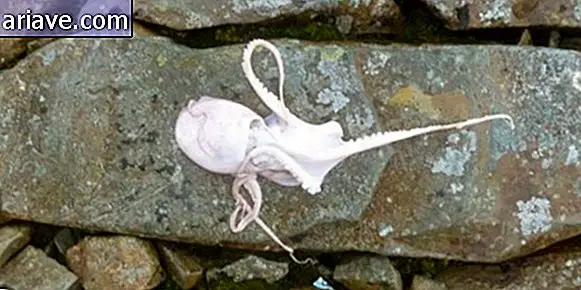Older Mummies on Planet Earth 'Melting' in Chilean Museum
In 1917, hundreds of mummified bodies were discovered in Chile's Atacama Desert, and later analysis revealed that they were corpses of the Chinchorro people. This group of hunter-gatherers occupied the desert area near Chinchorro Beach - hence its name - from about 7000 to 1500 BC and developed exceptional funeral rituals in which they mummified their dead.
The relics are over 7, 000 years old - at least 2, 000 years older than those found in Egypt - making the Chinchorro mummies the oldest in the world. Currently, 120 bodies discovered in Atacama are found in the Archaeological Museum of the University of Tarapacá, Chile. However, although they have remained well preserved for so many years now, the mummies have begun to melt.
Meleca

According to Laura Geggel of the Live Science website, a Harvard University researcher examined the mummies and concluded that an increase in air humidity - probably related to climate change resulting from global warming - is to blame for the rotting of the relics. This phenomenon would be creating a favorable environment for the proliferation of bacteria, and its action is making the mummies' skin darkened and gelatinous.

After evaluating the mummies, the researcher found that these are not old microorganisms, but bacteria that are commonly found in human skin. And as soon as the right conditions of temperature and humidity presented themselves, they began to proliferate - and in this case devour the mummies in the process.
According to Geggel, although the museum is located near the Atacama Desert - one of the world's most arid regions - the area has recently increased humidity levels. Therefore, the climate change observed in Chiles in recent years may explain why the mummies are turning into "goo." What's worse is that there are still mummies still being discovered, and many already show signs of the action of microorganisms.
Climate changes

Although no rain has been recorded in various parts of the desert over the past 400 years, the scientist has been affected by fog from the Pacific over the past 10 years, possibly caused by climate change occurring throughout the planet.
To save the relics, the scientist explained that humidity levels at the place where mummies are stored will have to be kept between 40 and 60%, as a higher level could result in more deterioration - and less moisture than that could cause damage. in the skins of corpses.
To this end, researchers at the Archaeological Museum of the University of Tarapacá have already begun to make the necessary measurements in the environment where the mummies are exposed. The goal is to adjust the lighting, humidity and temperature to the appropriate levels, so the deterioration, with luck, will be halted soon.











